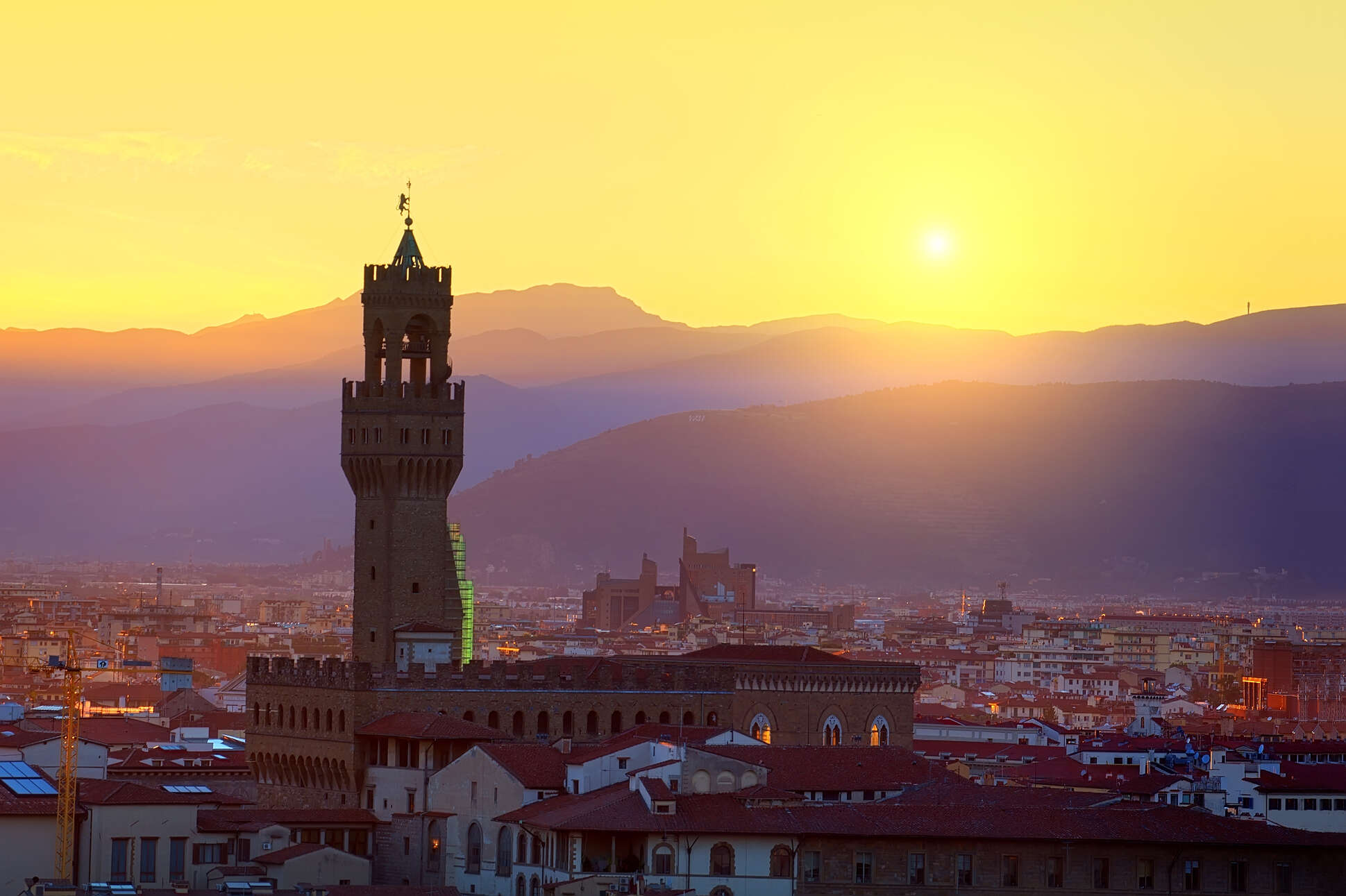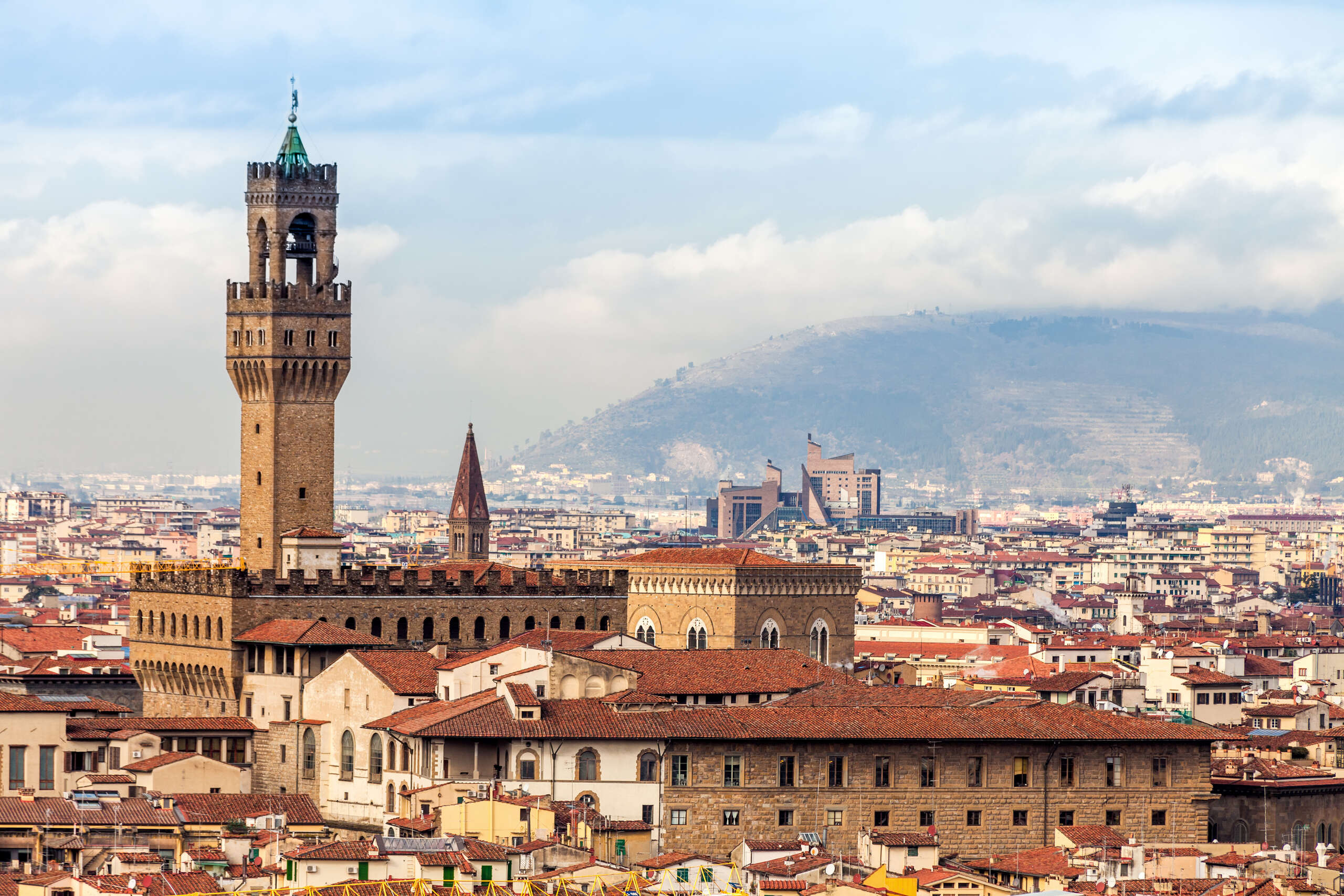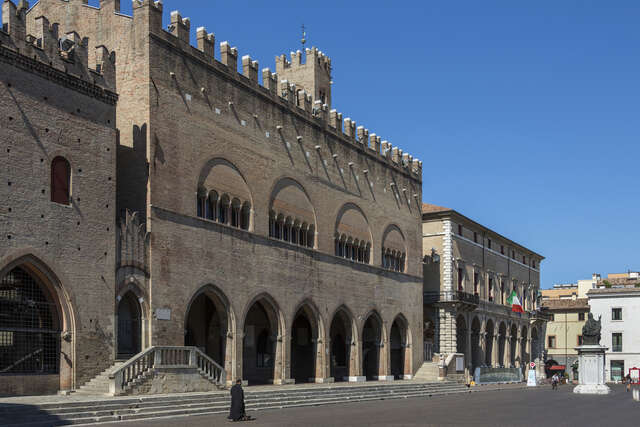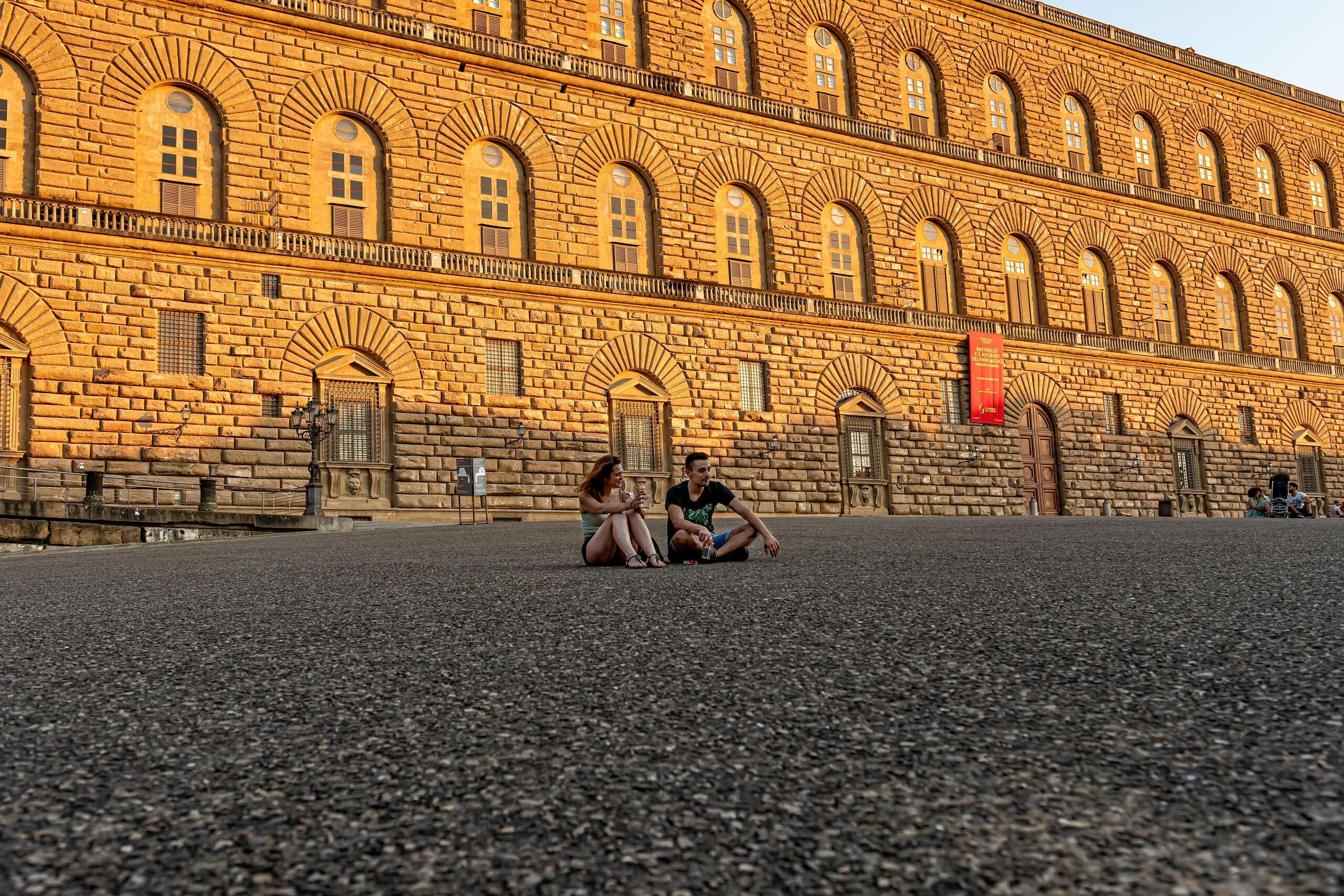Palazzo Pitti
Marvelous Renaissance palace
The Palazzo Pitti is a vast, mainly Renaissance, palace in Florence. It is situated on the south side of the River Arno, a short distance from the Ponte Vecchio. The core of the present palazzo was originally the town residence of Luca Pitti, an ambitious Florentine banker, and it was actually built by his order.
The story of the palace
The first architect of Palazzo Pitti was Filippo Brunelleschi. He died in 1446, and construction was continued by his student Luca Fancelli, who also worked on many other important projects in Florence.
The construction of the palace lasted more than 40 years. All in all, this palace has six floors with a total area of 22 thousand square meters, which makes it four times larger than the famous Palazzo Vecchio. However, the construction itself was never completed. After Luca Pitti's death, his heirs were forced to sell the palace to Lorenzo de' Medici for 80 thousand gold ducats.
The palace was bought by the Medici family in 1549 and became the chief residence of the ruling families of the Grand Duchy of Tuscany. It grew as a great treasure house as later generations amassed paintings, plates, jewelry, and luxurious possessions.
In the late 18th century, the palazzo was used as a power base by Napoleon and later served for a brief period as the principal royal palace of the newly united Italy. Napoleon Bonaparte was one of the most famous people to occupy the Palazzo Pitti. During his stay there, he had his room decorated with a picture of himself crossing the Alps. The Napoleon Suite is part of the Primavera Rooms collection, and it is one of the most popular accommodation facilities at The Palazzo Pitti.
Later the palace and its artworks were donated to the Italian people by King Victor Emmanuel III in 1919.
Cradle of great Italian art
The Palatine Gallery is a royal apartment of the Pitti Palace. It hosts one of the most famous and complete collections of Italian paintings from the Renaissance to the Neoclassical period. This includes such great artists as Titian, Raphael, Peter Paul Rubens and Artemisia Gentileschi. The Palatine Gallery preserves works dated back from the 14th to the 18th century.













